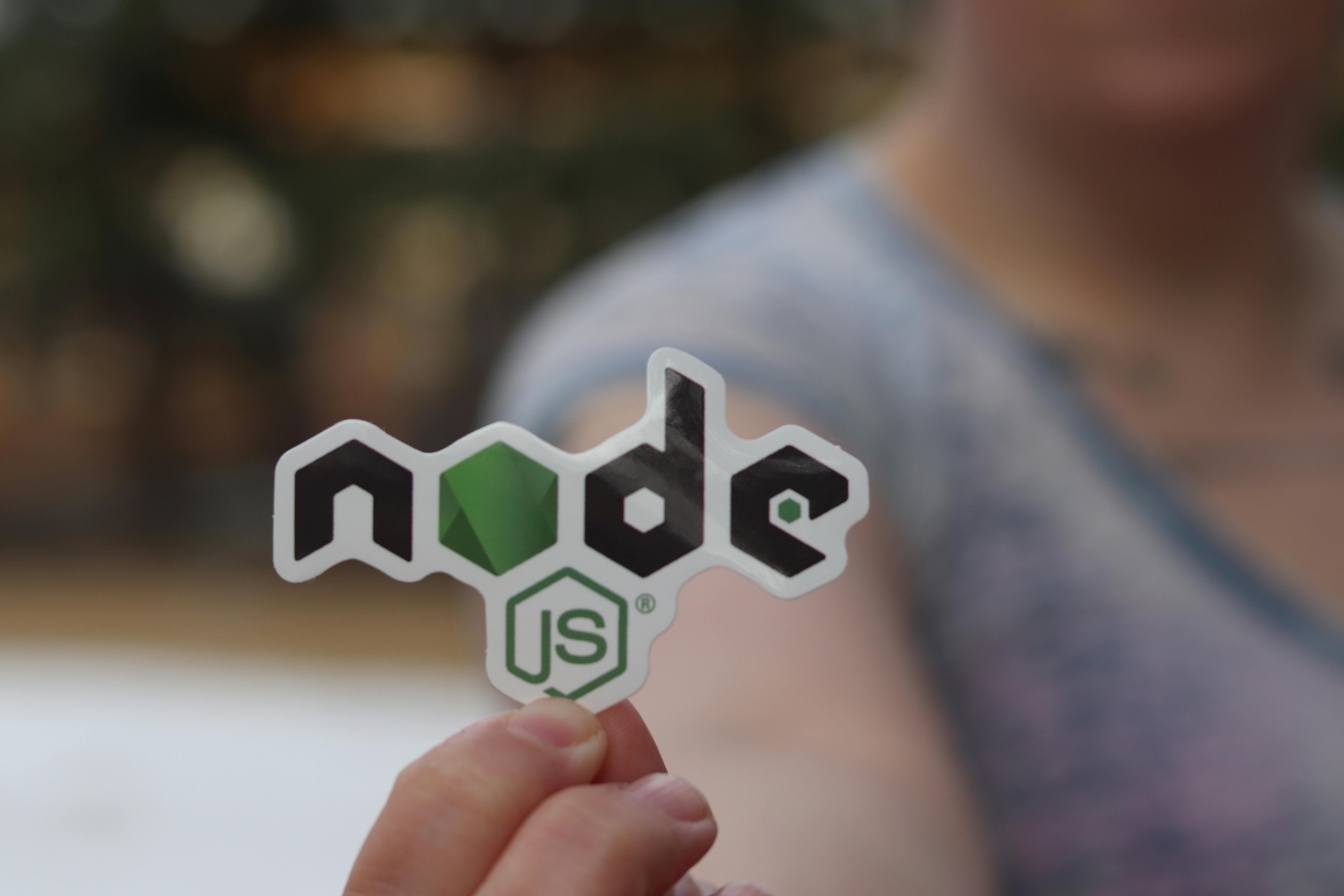Schedule a Demo
In my experience with digital startups, the user's first impression often hinges on how easy it is to find their way around your website. Navigation is the silent guide that helps users navigate your digital terrain, ensuring they discover the services or information you're offering. A user-friendly website design doesn't just happen; it's a meticulously planned and implemented aspect of your custom software development process.
Start by simplifying your menu structure. Less is more. Each click should lead the user closer to their goal, not further down a rabbit hole. When designing an MVP website, consider what the minimal number of navigation items needed is to help users reach their destination with the least amount of cognitive effort.
Creating a coherent website design language helps users intuitively understand your site’s architecture. In the many enterprise web solutions I've observed, uniformity in colors, fonts, and button styles ensures that users don’t have to relearn the navigation each time they click to a new page. Use that same design language to signal important areas of your site, making navigation a seamless extension of your overall branding strategy.
Every user interaction with your navigation should be clear and conspicuous. Think of accessibility as a core aspect of your design, not an afterthought. In custom software development, tools and features to enhance readability and usability for all users—from those using keyboard navigation to those employing screen readers—should be at the forefront of your planning.
Users need to know their actions are being acknowledged. When I've designed navigation for tech startups, including interactive elements—like hover effects, color changes, and drop-down hints—kept users engaged and helped guide them through the decision-making process. This level of immediate feedback is critical in reducing bounce rates and improving the user experience.
For more complex sites, mega menus can solve the puzzle of content richness without overwhelming the user. These expansive dropdowns showcase a vast array of options neatly categorized, giving users a one-glance overview of your site's structure. Remember, though, with great power comes great responsibility—keep them organized and relevant.
Implementing a robust search feature should never be an afterthought. In the landscape of custom software development, an internal search engine acts as a safety net for when users can't find what they're looking for through your primary navigation. It should be intuitive, fast, and capable of suggesting results even if users make typographical errors.
Designing with mobile in mind first reshapes how you approach navigation entirely. By focusing on the constraints of smaller screens, you inherently create a more streamlined website design. I've seen founders who make this their priority end up with not just a functional mobile site, but a fundamentally better overall navigation structure, adaptable to any device.
Breadcrumbs might seem like a small feature, but they provide a crucial layer of navigational context. They help users keep track of their path and easily backtrack when needed. Even on an MVP website, where resources are focused on the essentials, adding breadcrumbs can dramatically enhance the user experience.
The design of your navigation is never truly finished. Continuous iteration, based on real user feedback and behavior analytics, is part of building enterprise web solutions. What works for your initial launch might need refining or even a complete overhaul as your user base grows and evolves. Listening to user feedback through this process is your roadmap to better navigation.
Harnessing the power of analytics provides quantitative insights into how users interact with your navigation. Look for patterns in click-through rates and drop-off points to make data-driven decisions that enhance your site's navigability. In many projects that I've worked on, this data led to pivotal changes that users never knew they needed.
At the heart of creating a user-friendly navigation is fostering an intuitive experience. It's not just about looking good—it's about feeling natural to the user. This can stem from matching the expectations set by similar industry sites, or by innovating with novel patterns that serve your user's unique needs within your custom software development framework.
Ultimately, the path users take through your site should be clear, purposeful, and easily navigable. As founders look to scale their ventures, the navigational framework of their MVP website becomes a foundational element of their long-term tech infrastructure. Keep refining, improving, and aligning your navigation with user expectations as a continuous effort to support your growth journey.
